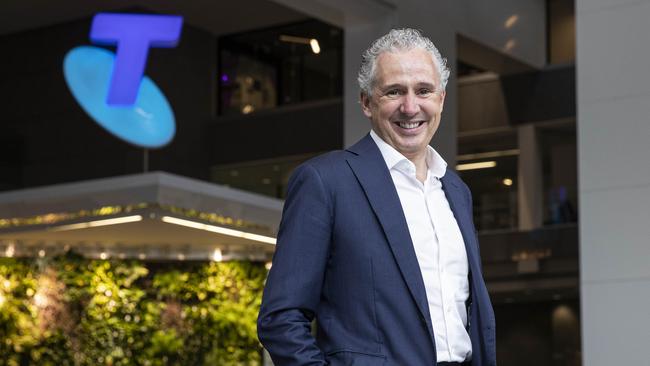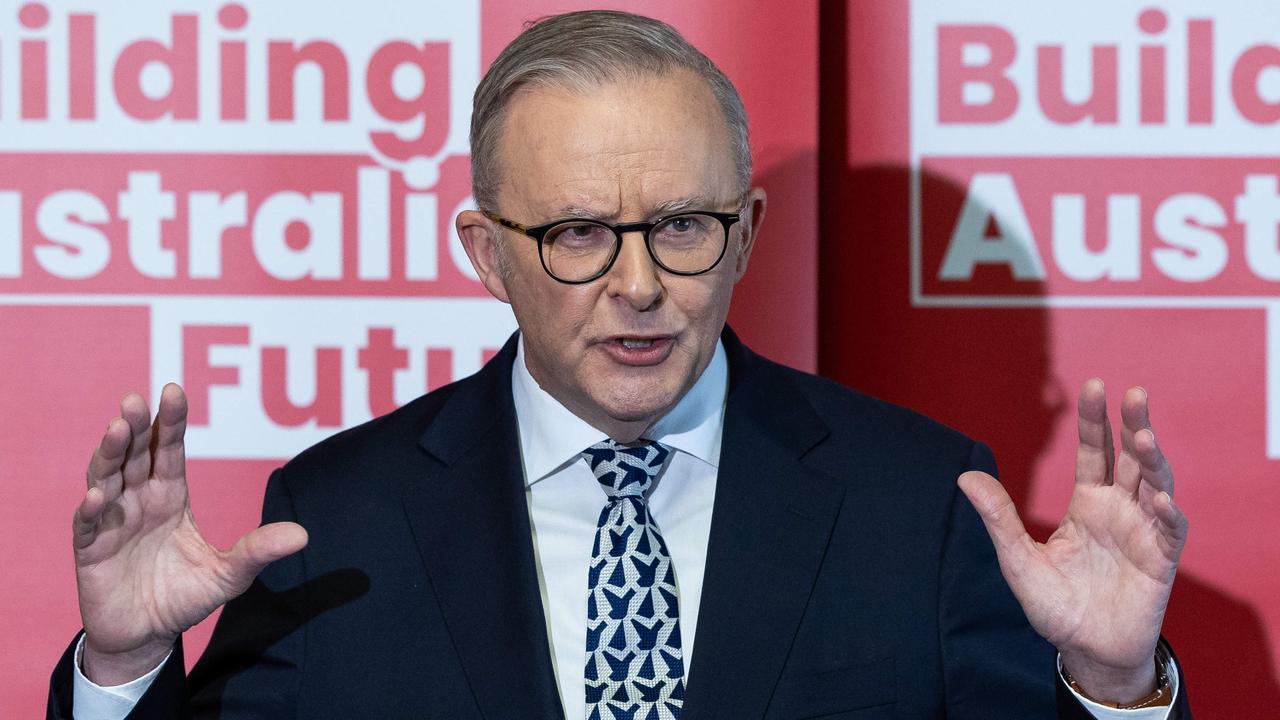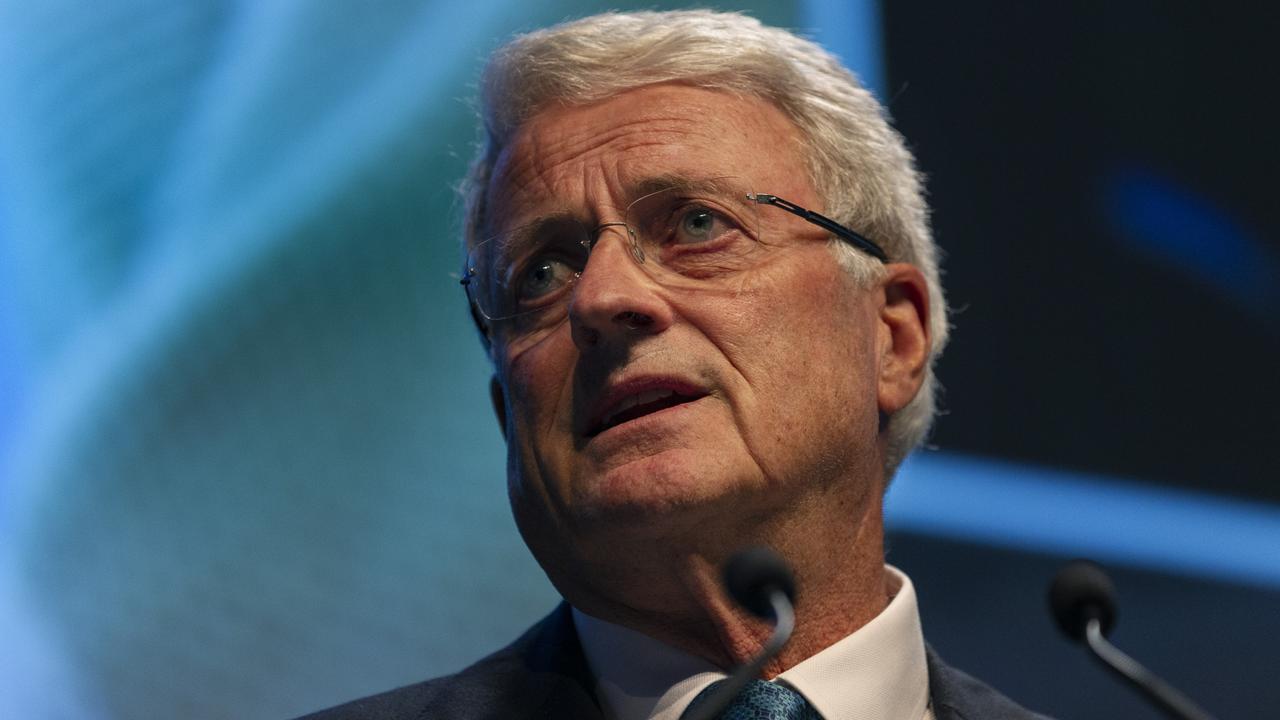Telstra, Microsoft muscle up in Asia Pacific tie-up

The agreement has implications for how the new rivers of gold are carved up in Australia – the revenue from digital goods and services from businesses, and from government enterprises. Telstra and Microsoft fully intend the tie-up to deliver a bigger market share for both.
It also sends a message on increased digital security in the Pacific region less than a year after the creation of AUKUS.
And, even though the details are unknown, the agreement will have crystallised the sharing of the huge dollar upside between Telstra and Microsoft as the reach of their joint capabilities has begun to overlap.
This third factor is quite an achievement. Just how well Telstra chief executive Andy Penn has cut the deal will not become clear until well after he steps down in September but he has long been savvy to the issue.
The Australian spoke to both Penn in Sydney and the man driving the deal for Microsoft, President of Industry Solutions Omar Abbosh from Seattle.
Normally based in London, Abbosh was brought on board two years ago by Microsoft chairman Satya Nadella after a 30-year career at Accenture where he rose to be global CEO of Communications, Media and Technology.
“You have companies of our respective scale, each investing billions of dollars – in Andy’s case the capital networks and in our case the R&D, the data centres and all the software,” says Omar Abbosh. “It’s not often that we trumpet a deal like this one, and unless it’s material to our businesses and this one is.”
The deal builds on a multi-year relationship between the two firms and a 2020 memorandum of understanding that put Microsoft in as Telstra’s preferred cloud provider for its own digital transformation.
But this time it is an agreement, not an MOU. And for Penn it delivers a prized anchor tenant on the new intercapital superfast fibre project he is building.
Penn will not share forecast on market share or increased revenue. He will say the investments involved are “very, very material”, including the $1.4bn to $1.6bn made in the new intercapital rollout and another project with Viasat.
Microsoft will help Telstra in shifting 90 per cent of its workload into the cloud, all part of Penn’s T25 strategy.
The deal is about digitising Telstra but also digitising the Australian economy as the hybrid working world takes shape.
In turn Abbosh says Telstra will help Microsoft scale its capabilities, from Azure Cloud services to Teams and Microsoft 360 into small and medium businesses.
“As the world looks forward into the next period of turbulence and uncertainty that software and digitisation remains one of very few forces of deflation where they can bring down costs,” says Abbosh.
Microsoft is banking on Telstra’s high speed, low latency infrastructure and combined technology services to outplay its big rivals like AWS and Google.
Andy Penn says idea of an agreement with Microsoft started with a video call he had with Satya Nadella where they mused on the convergence and interdependency of cloud and telecommunications.
“Cloud creates great productivity and increased scale and capacity around compute, but it also is dependent on telecommunications networks to manage the data flows, particularly as we go to the edge, where some of the compute capacity is being distributed more broadly,” says Penn.
It is “the edge” that will have focused the smartest negotiating minds in both organisations. This is the place where computing having shifted to the cloud is now also heading back onto customer premises like hospitals or manufacturing facilities that are closer to workloads.
Linking this all together, says Penn is a telecommunications challenge but with a computing component to it. So how should the anticipated huge future profits be allocated where partners are both innovating in overlapping territory? Do not expect Andy Penn to open the kimono much on this one.
Penn says part of the solution has been to bring teams together to create an end to end Microsoft practice inside the telco’s tech services business Telstra Purple: 2,000 employees deliver Microsoft solutions for business customers from Teams to Microsoft 365 and cloud transition.
This commercial agreement is not siloed. It involves engineering, sales teams, product teams and designers.
To help customers with their ESG challenge, Microsoft and Telstra had established a joint data hub, backed by Microsoft Cloud Sustainability. Companies not willing to share information one-on-one can lodge data securely into the hub and help solve problems. “We’ve got some really cool ideas about how we can do that, particularly on improving image carbon emissions across big business in Australia,” says Penn.
The last part of the agreement is steeped in political sensitivity. It heralds a move by Microsoft to boost capacity on Telstra’s growing submarine cable network across the Asia Pacific.
This month Telstra has taken control of Digicel, the Pacific’s dominant telecommunications infrastructure with enthusiastic support from the government (that feared it might end up in Chinese ownership).
Microsoft is already a major partner to the federal government. Satya Nadella’s visits to Australia over the years have included meetings with prime ministers.
Microsoft says investing in capacity on Telstra’s subsea network would give it unparalleled connectivity across the region.
Asked how important this could be for governments and businesses, Omar Abbosh says “Microsoft works very, very hard to constantly increase the level of trust that governments and society can have in us. Part of that is a technical level of sophistication and quality. But it is also how we help respond to local regulation, help lift up local economies, how we can help boost local companies. So I sincerely hope that the government will view this as a signal of vote of confidence of Microsoft investing ever more heavily in the region.”



Monday’s five-year commercial agreement inked between Telstra and Microsoft is a big deal and not just because of the two gorillas involved.